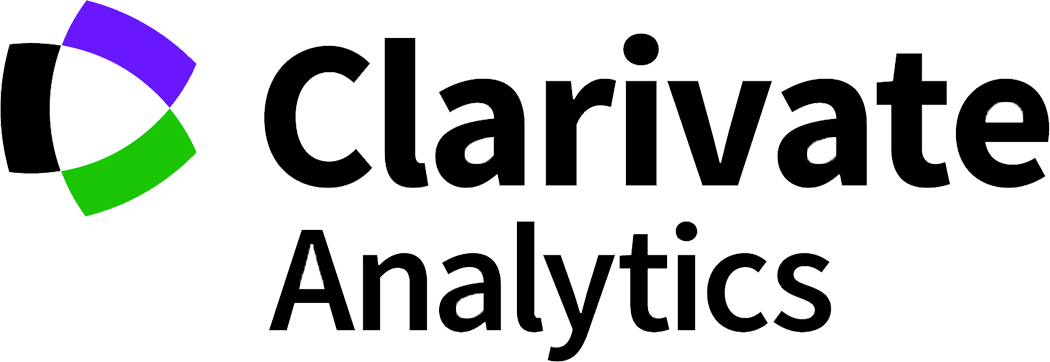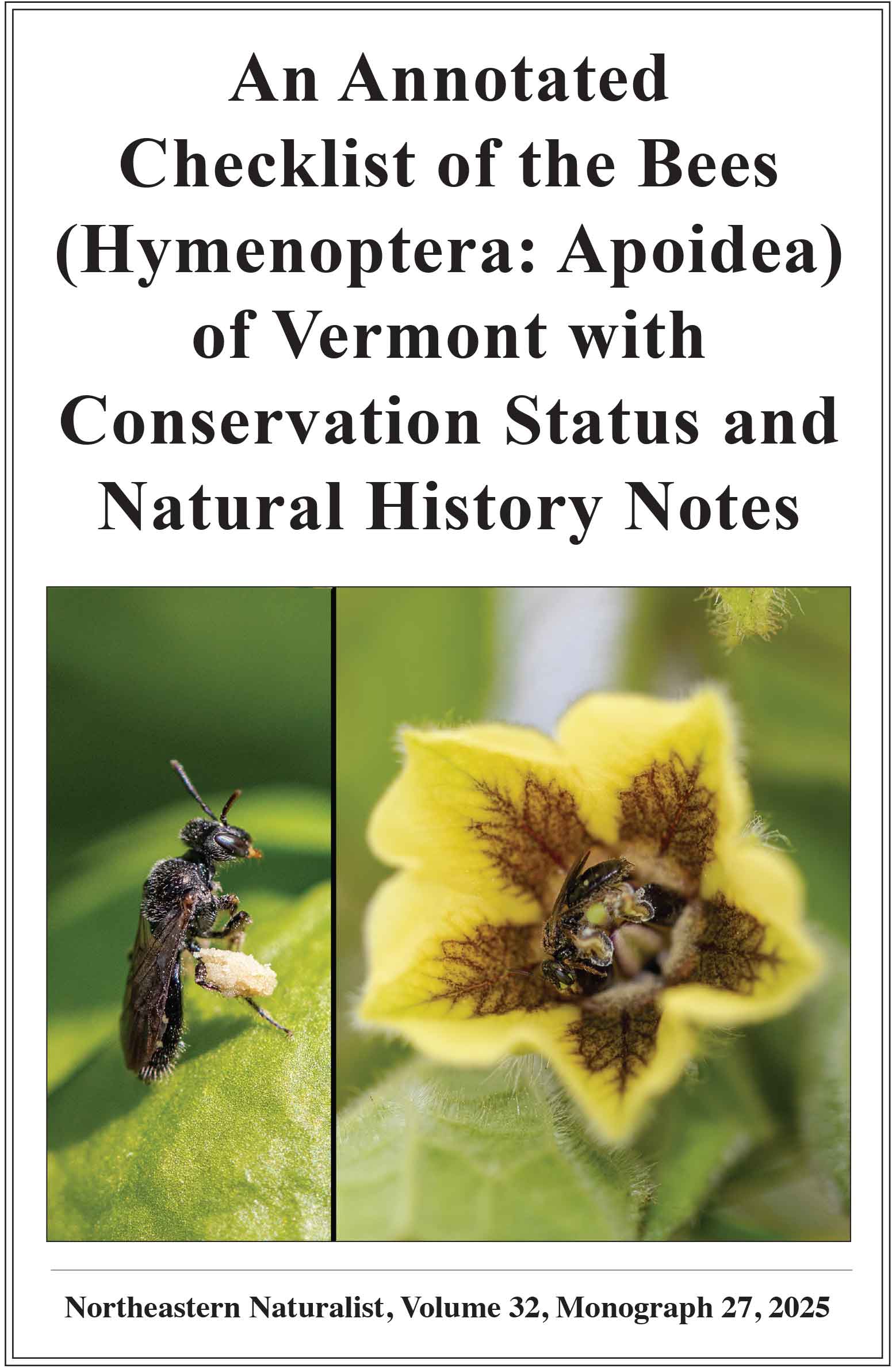Saltmarsh Sparrow Nest Habitat Associations and Reproductive Success in a Salt Marsh in Rhode Island
Steven E. Reinert1,*, Katharine J. Ruskin2, Deirdre E. Robinson3, James M. O’Neill4, Miranda B. Zammarelli5, Olivia R. McCarthy6, Joel Eckerson7, and Kylie Rezendes8
111 Talcott Street, Barrington, RI 02806. 2School of Biology and Ecology, Climate Change Institute, University of Maine, 200 Clapp Greenhouse, Orono, ME 04469. 334 Sullivan Lane, Bristol, RI 02809. 474 Aaron Avenue, Bristol, RI 02809. 5Department of Biological Sciences, Dartmouth College, 78 College Street, Hanover, NH 03755. 64 Morrison Drive, Lincolnville, ME 04849. 7751 Oak Street, North Dighton, MA 02764. 8500 W. University Avenue, El Paso, TX 79968. *Corresponding author.
Northeastern Naturalist, Volume 32, Issue 4 (2025): 493–515
First published early online: 27 October 2025
Abstract
We studied the breeding ecology and reproductive success of Ammospiza caudacuta (Saltmarsh Sparrow) in a 10-ha salt marsh in upper Narragansett Bay, RI, from 2017 to 2021. We banded and color-banded 460 Saltmarsh Sparrows (41% adults, 59% males), and monitored 234 nests. We observed low reproductive success compared to estimates elsewhere in the species’ range and within Narragansett Bay 35 years earlier. We estimated a daily nest survival probability of 0.929; thus, sparrows had only a 17% probability of a nest surviving a full 24-day nest interval. We estimated that 33% and 49% of nests failed over the 24-day nest interval due to depredation and flooding, respectively. As is typical for the species, 77% of Saltmarsh Sparrow nest plots were detected in marsh habitats dominated by salt meadow graminoids (Spartina patens [Saltmeadow Cordgrass], Distichlis spicata [Saltgrass], Juncus gerardii [Saltmeadow Rush]). Atypically, we observed multiple positive associations between Saltmarsh Sparrow nesting and Iva frutescens (High-tide Bush); 24% of 234 nests monitored were found in proximity to Iva, with greater nest-rim elevations of nests placed in Iva habitats, and decreased daily probability of nest failure, particularly from flooding, with increasing percent cover of Iva. We discuss these results within the context of management for this species, which is threatened by sea-level rise and predicted to be extinct by 2060s.
![]() Download Full-text pdf (Accessible only to subscribers. To subscribe click here.)
Download Full-text pdf (Accessible only to subscribers. To subscribe click here.)
Access Journal Content
Open access browsing of table of contents and abstract pages. Full text pdfs available for download for subscribers.
Issue-in-Progress: Vol. 32(4) ... early view
Check out NENA's latest monograph and Special Issue:













 The Northeastern Naturalist is a peer-reviewed journal that covers all aspects of natural history within northeastern North America. We welcome research articles, summary review papers, and observational notes.
The Northeastern Naturalist is a peer-reviewed journal that covers all aspects of natural history within northeastern North America. We welcome research articles, summary review papers, and observational notes.